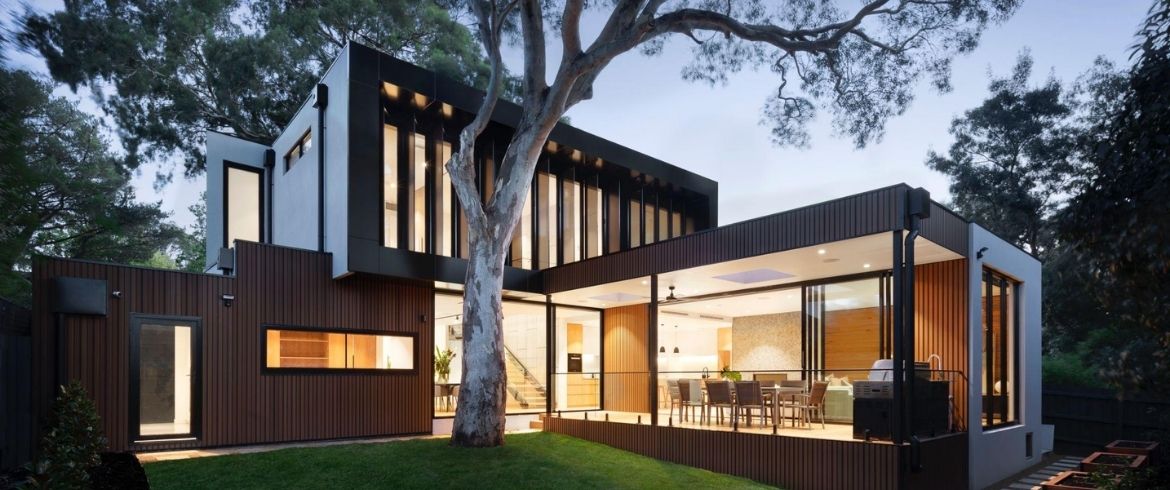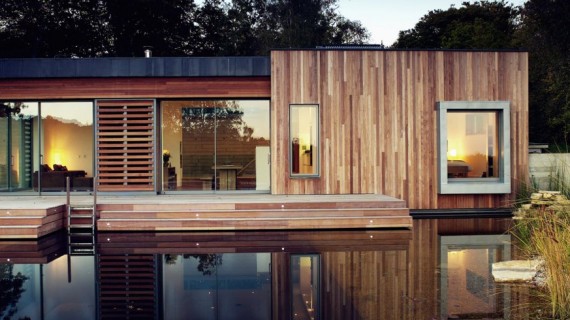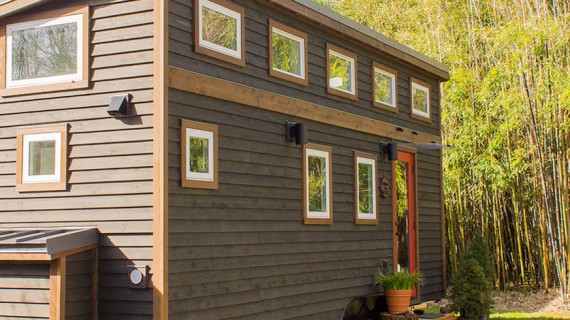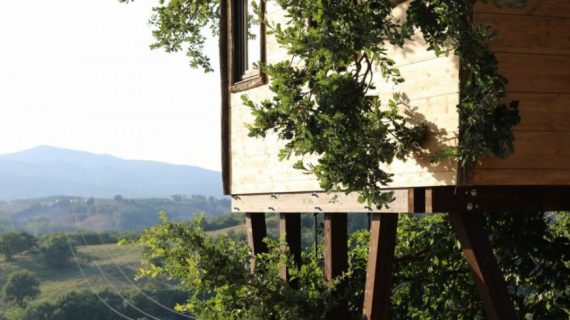We are all becoming more aware of the environmental problems, realizing that we need to change both our behaviors and the environment we live in as soon as possible. As such, a growing number of people are designing their homes to be eco-friendly. Luckily, thanks to the technology available today and new sustainable solutions being developed all the time, we can reduce our carbon footprint starting at the construction stage of our homes.
Even though some dismiss green homes as costly, the benefits still outweigh all the potential disadvantages. For instance, sustainable homes are an excellent long-term investment that pays back with low maintenance costs, high resale value should you ever choose to sell your house, and increased energy efficiency. Furthermore, these types of homes allow you to feel more connected with nature, whether it’s through landscaping or reducing energy consumption.
Don’t shy away from sustainable building because of all the misconceptions floating around. Instead, read the article below and learn why you should consider a green home.
It’s a Long-Term Investment
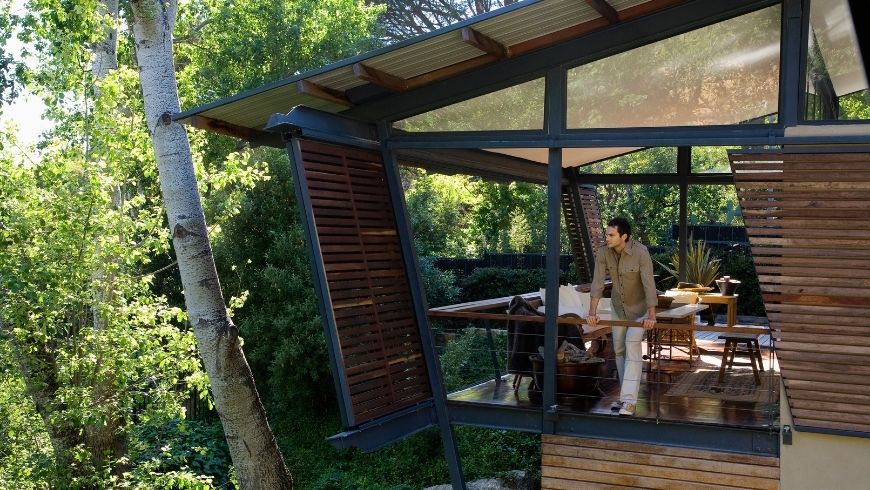
Although initial construction costs may be higher, especially if you want to get some technologically-advanced solutions, the overall operating and energy costs offer long-term savings.
There’s really no need to resign from building a sustainable home because of the construction costs. There are plenty of green loans available, so all you need to do is check for them in your country. You can learn more about green loans in Australia, the UK, Norway, the US, Costa Rica, and everywhere – the possibilities are out there, you just need to know where to look. Also, many governments offer special funding options for those who decide to go green.
Furthermore, if you ever decide to sell your eco-friendly house, you will be able to do so quickly and for a reasonable price. According to the studies, homes with high energy-efficiency ratings sell for more on average compared to “regular” houses that lack sustainable solutions. Because people all over the world are becoming more environmentally conscious, green buildings also tend to get snatched from the market much faster.
Energy Efficiency
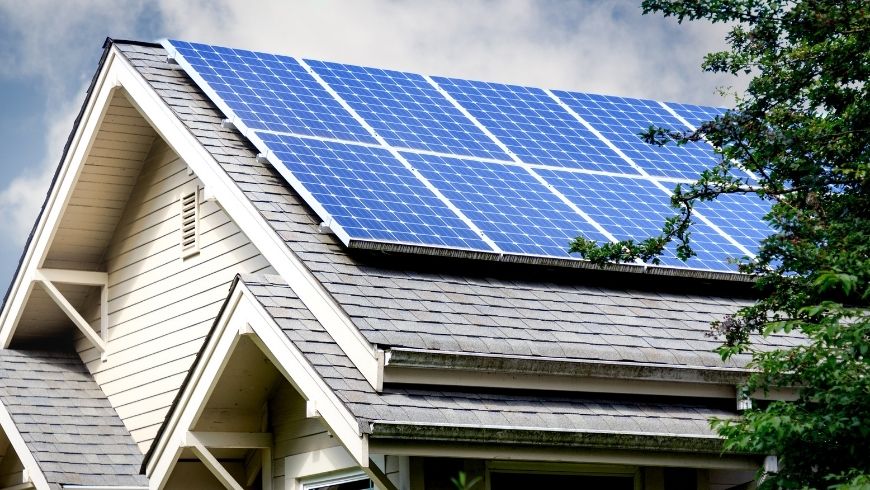
Architects who work on sustainable homes try to reduce dependency on energy from non-renewable sources, such as coal or natural gas. That’s why their projects include, for example, solar panels to take advantage of the clean energy or windows placed in a way that allows as much natural light as possible. Skylights are also a popular solution as they can increase the overall value of your home and can help avoid design flaws, such as stuffy, cold, or dark rooms.
Moreover, to make your home even more energy-efficient, you can install a rainwater tank. This way, you will be able to use rainwater for different purposes, such as watering the garden, doing the laundry, or flushing the toilet.
You should also consider using environmentally friendly building materials, such as bamboo, cork, or recycled glass. Not only are these sustainable, but they also look great and can help you save money in the long run.
Greater Level of Comfort Year-Round

Eco-friendly homes emphasize better insulation, which helps maintain a stable and comfortable temperature inside, no matter how many degrees the outdoor thermometer shows. Double-paned windows, proper insulation, solid doors, and high-quality building materials protect from drafts and temperature variations throughout the day.
This has another benefit – your HVAC system won’t have to work as hard to keep your home at a comfortable temperature, which will result in lower energy bills.
Better Indoor Air Quality
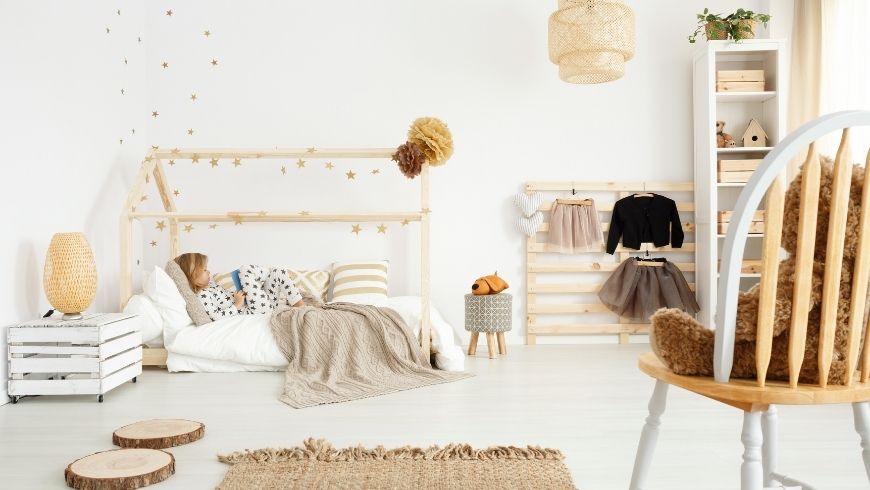
Green homes can be beneficial to your health. According to the information provided by the US Environmental Protection Agency, outdoor air is two to five times less polluted than indoor air. This is connected to the fact that building and furnishing materials, such as paints, cleaning products, or carpets can be harmful to human health. As such, switching to sustainable and eco-friendly materials can purify the indoor air.
On top of that, sustainable construction avoids using materials with toxic substances or plastic byproducts. This makes the buildings more comfortable for people and better for the environment.
Feeling Connected to Nature
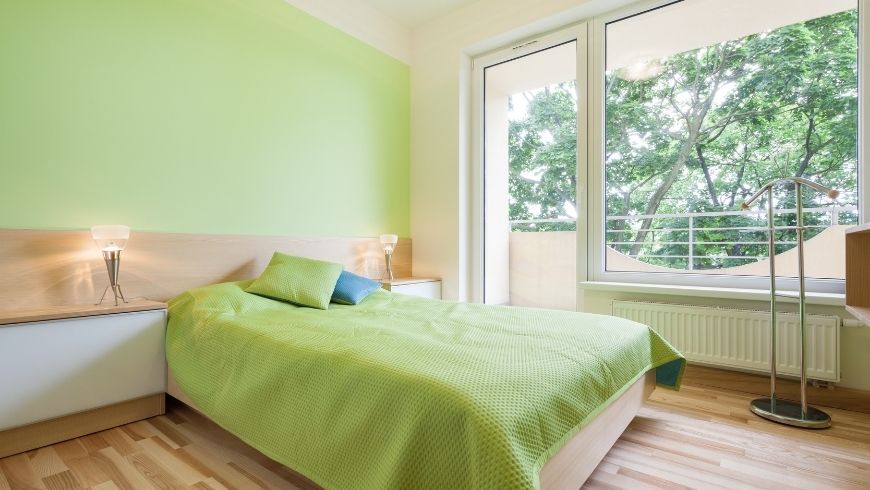
Building a sustainable home can make you feel good about yourself and your choices, but what about another benefit: your own home allows you to feel closer and more connected to nature. Knowing that you did everything in your power to reduce energy consumption and use renewable energy sources and building materials can positively impact your overall well-being.
Additionally, if you want to have the beauty of nature within reach, you can think about sustainable landscaping designed to thrive in local temperatures, rainfall, and weather patterns. This can mean anything from planting native species to being careful with the fertilizers and pesticides you use or encouraging the use of reclaimed water. Sustainable landscaping practices help preserve local ecosystems and prevent air, water, and soil pollution. It can also reduce long-term costs and limit the amount of necessary maintenance.
It Gives You Room for Experiments
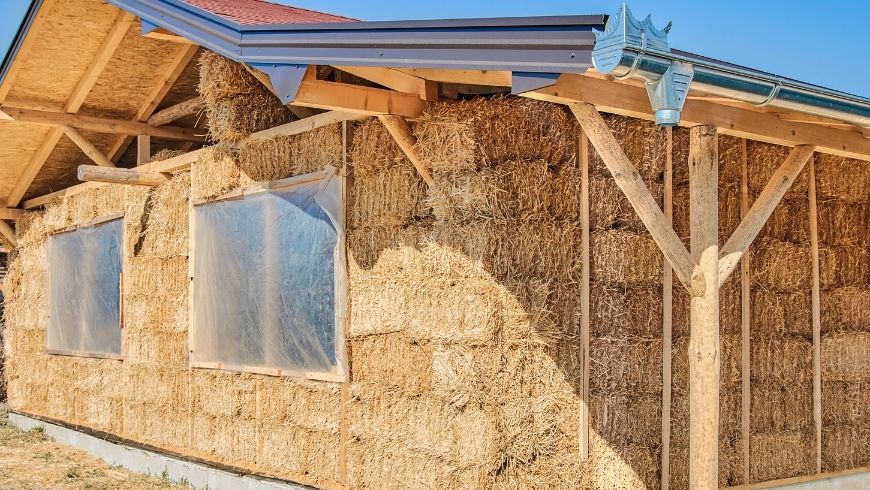
Building a sustainable home can be an excellent opportunity for creative experiments. This means that, depending on your budget, you can incorporate some of the most interesting design ideas or modern solutions. You can also opt for unconventional materials or work with an architect to design a house with a floor plan that fits all your needs or enhance home growing potential, allowing for food production to increase the self-sufficiency of your household.
Another interesting approach is a holistic design which involves looking at your home as a space to be used. This enables you to ensure that every element has multiple functions and that all elements work together to improve efficiency. It’s all about making sure that the space is suited to its use instead of just being one big modern showroom where nothing can be touched.
In Conclusion
As you can see, building sustainable homes is better for the environment than the traditional home-building process, and it allows you to make many interesting choices on both design and the construction level. You can build with renewable and non-toxic materials and ensure that your home will be a healthy and comfortable place.
Even though environmentally friendly homes may be quite costly to buy, they are a worthwhile investment that will help you make your money back in lower bills. In the long run, you will also enjoy better health and help protect the environment for the current and future generations.
